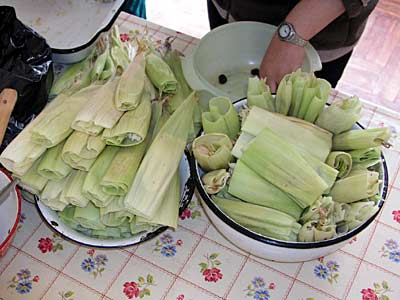Facts About Humita
Humita is a cherished traditional dish in Native South America, with origins tracing back to pre-Hispanic times. It's a staple in the Andean regions of Argentina, Bolivia, Chile, Peru, and Ecuador. Think of it as a cousin to the tamale, but made from fresh ground corn instead of masa harina.
In Argentina, humitas are crafted from fresh corn, sautéed onions, pumpkin, tomato, and a blend of spices. This flavorful mixture is then wrapped in corn husks and either boiled or pan-cooked. To elevate the dish, cheese like queso fresco is often added.
Chileans have their own variation of humitas, combining fresh corn with onions, basil, and either butter or lard. Some versions even include green chili peppers for an added kick. These can be savory, sweet, or a mix of both, and are usually tied up with thread during cooking.
Ecuadorian humitas are made with fresh ground corn, onions, eggs, and unique local spices. Wrapped in corn husks and steamed, they often feature cheese and can be either salty or sweet.
In Peru and Bolivia, you'll find two main versions of humitas: the savory type includes fresh corn, lard, salt, and queso fresco, while for those with a sweet tooth, there's a version with sugar, cinnamon, and raisins, sometimes flavored with anise for an extra twist.
Cooking methods for humitas vary, encompassing boiling, baking, or steaming. This dish has a rich history; in Peru, it dates back to the 16th century, as noted in the writings of Garcilaso de la Vega. Each region imparts its own flair, influenced by local traditions and family recipes, making humitas a dish that's both culturally significant and deliciously diverse.

 Brazil
Brazil